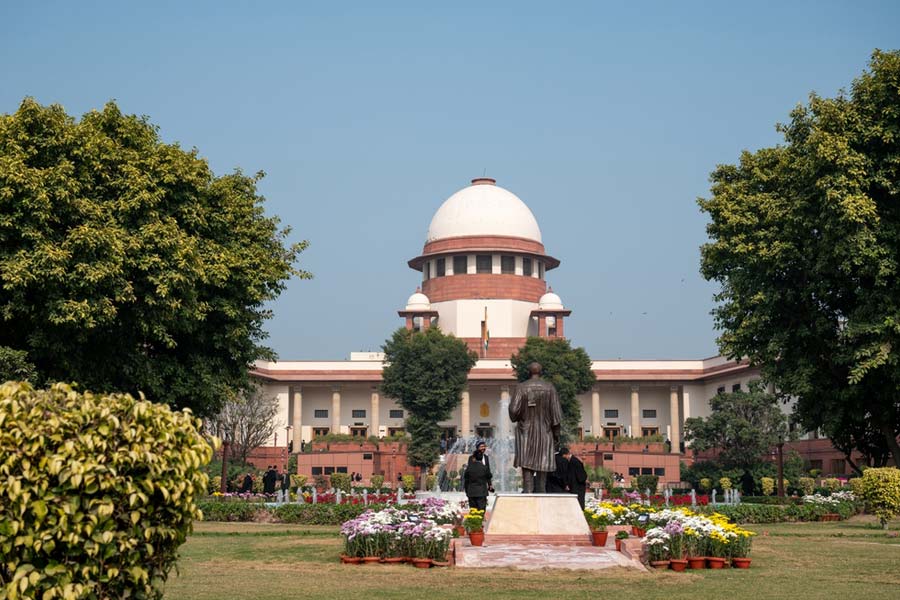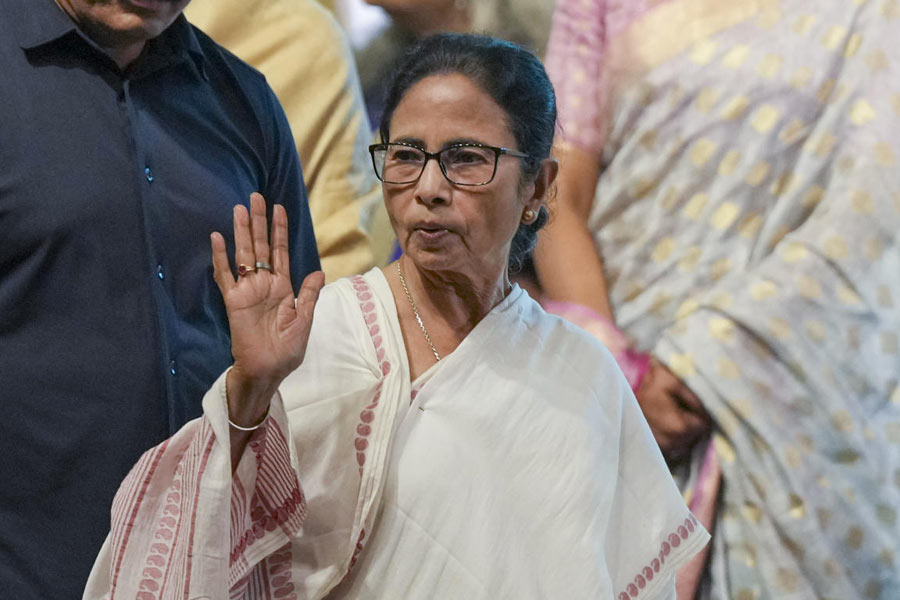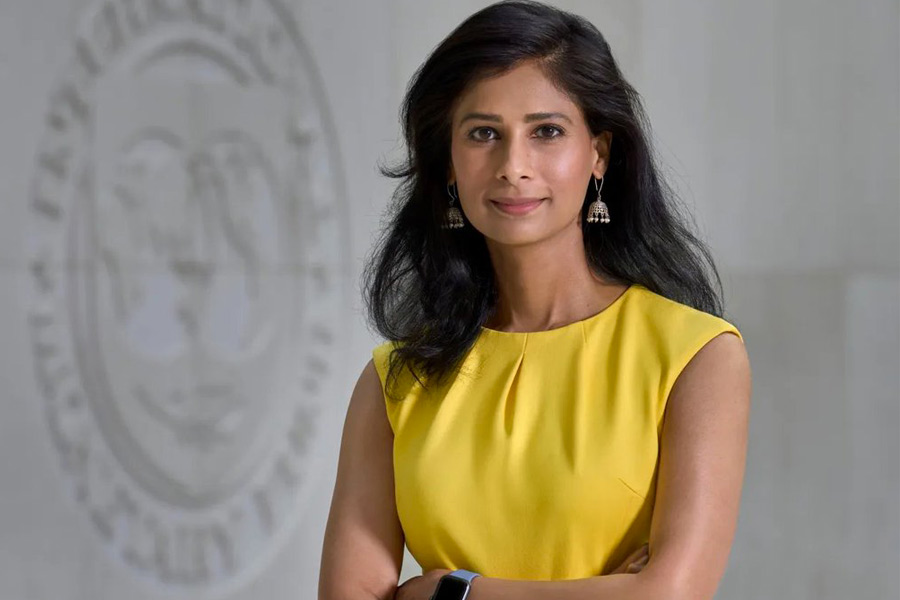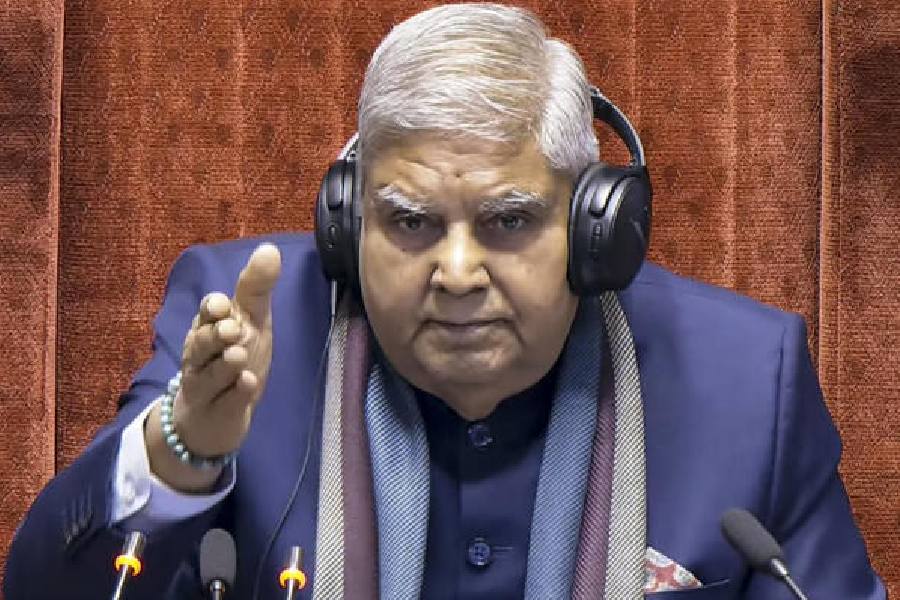 |
Calcutta is set to raise a monument to the unsung coolie, three decades after Bollywood’s masala tribute to his railway porter cousin that nearly cost Amitabh Bachchan his life.
A team from the ministry of overseas Indian affairs arrived on Wednesday to scout for sites to set up a monument and a museum honouring the thousands of indentured labourers who had set sail from the city between 1834 and 1920 for a life of bondage in the West Indies, Mauritius, Fiji and Africa.
“The descendants of all those who had left for foreign shores from Calcutta port during that period have been lobbying with the government for a memorial and a museum in Calcutta to honour the memory of their ancestors,” the secretary of the overseas Indian affairs ministry, A. Didar Singh, told Metro.
Singh and his colleague G. Gurucharan, a joint secretary in the ministry, visited three sites, including 14A DL Khan Road (opposite Bhowanipore Cemetery) and the BSNL Telecom Factory campus at 248 AJC Bose Road, adjacent to Tolly’s Nullah.
The West Bengal Heritage Commission had marked 14A DL Khan Road as the site of the barracks where coolies were kept before being shipped to colonial plantations and mines but failed to establish it. “Maps have since strengthened the possibility of the BSNL campus turning out to be the barracks,” said Amal Roy, the superintendent of the archaeology department.
The third site to be surveyed was Surinam Ghat, near Kidderpore.
Under colonial rule, coolies were slaves by another name. The system, inaugurated in 1834 in Mauritius, involved the use of licensed agents to recruit poverty-stricken labourers who would work like slaves, though slavery had been abolished by then. Amitav Ghosh’s Sea of Poppies highlights the plight of these emigrants from Bengal and Bihar.
“There is no shortage of enthusiasm or foreign funds for the memorial and the museum. The Centre is eager to lend its support and the state stands to gain from the project,” said a member of the survey team, including historian and writer Leela Gajadhur Sarup and the executive vice-president of the Global Organisation of People of Indian Origin, Ashook Ramsaran.
Nandan Roy, the director of the department of archaeology and museums, said Barun De of the heritage commission would research the authenticity of the surveyed sites. “We will take it from there.”










